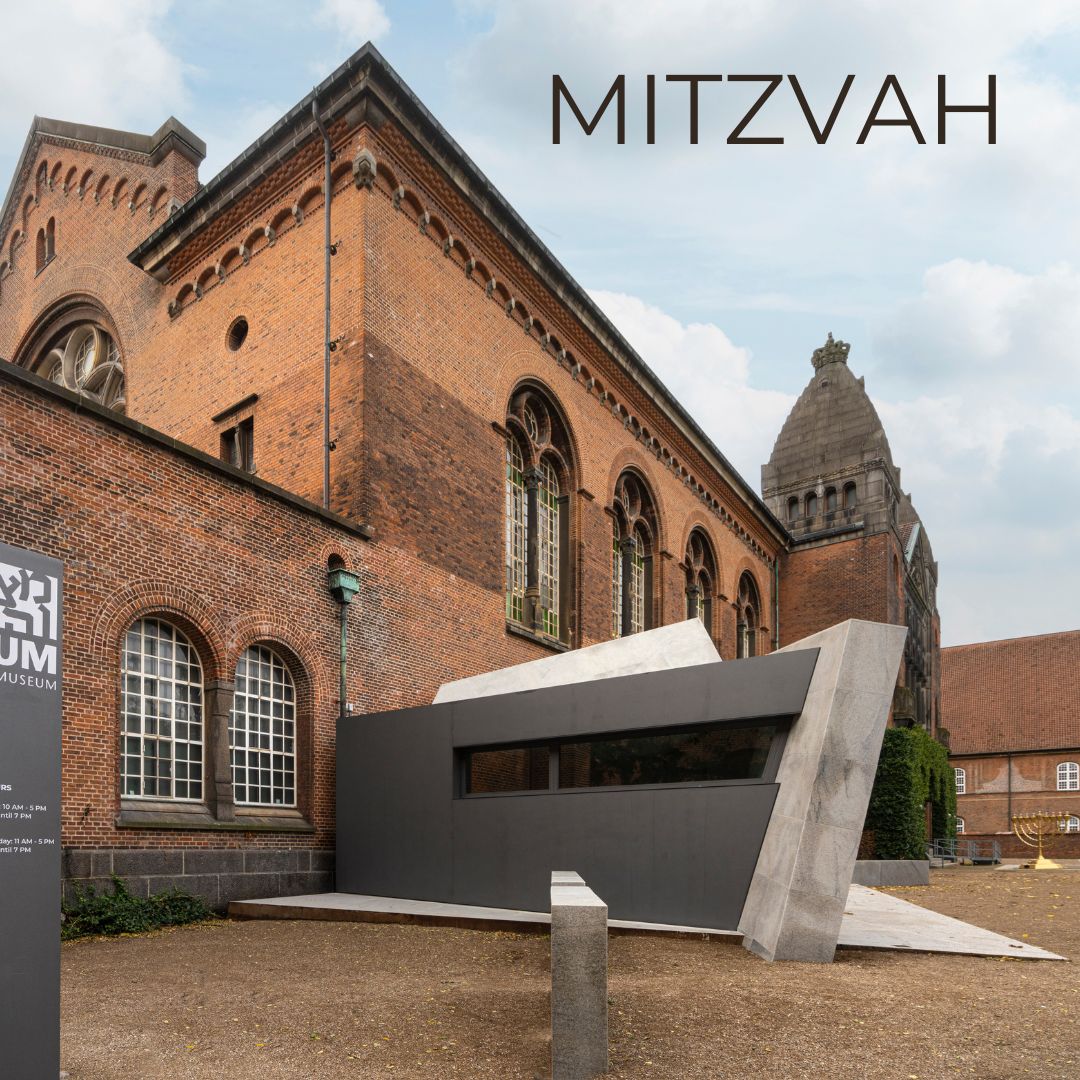
I expect we’re this way because it’s become embedded in our DNA, but it seems much easier, doesn’t it, for us to hold onto and remember all the bad things that happen in the world over the good ones. While this tendency probably helps us stay on guard against risks of all sorts, it’s also important, isn’t it, to be reminded of all the good that has transpired in human history and that continues to transpire in the world through the agency of noble and courageous women and men.
At the end of the 17th century, King Christian IV of Denmark commissioned the construction of a large building along Copenhagen’s expansive waterfront that came to be known as the Royal Boat House. Set next to the Danish Royal Library, the boat house, with its beautiful brick exterior and elegant Danish look, is a striking example of the architecture of its time. And while today the exterior of the building looks much the same as it did in King Christian’s time, if you go inside now, it’s completely different.
The Royal Boat House, after much consideration and planning, underwent a total interior renovation and is now home to what’s known as the Danish Jewish Museum, a sacred place where the prevailing goodness of human beings is recognized and the triumph of civilization over barbarity is memorialized.
In 1985, the Society for Danish Jewish History acquired the use of the building to establish a museum that would tell the 400-year history of the Jewish people of Denmark. One of the first things the society did upon launching this ambitious enterprise was to meet with Polish-American architect, Daniel Libeskind. Libeskind, who would later design the master plan for the World Trade Center site in New York following 9/11, was informed in great detail about the purpose of the museum, but was then given free rein to develop its interior architecture as he saw fit.
Libeskind worked at length on the project, eventually deciding to embody the Judaic concept known as Mitzvah, or “good deed,” in his design to reflect the fact that in Denmark, unlike many European countries, the vast majority of the nation’s Jews were saved from Nazi persecution and extermination during World War II. Libeskind, aiming to memorialize the nobility and bravery of those who acted with such courage at a crucial pivot point in history, found a series of novel ways to embed the idea of Mitzvah within the very structure of the building.
As soon as one enters the space, one is surrounded by Scandinavian wood, the walls and the floor both reflecting the museum’s context in Denmark. However, within a few steps inside, one experiences a kind of imbalance, an unsteadiness. It takes a moment, but visitors soon realize that the floors are slightly sloped, symbolizing the ever-present sense of disorientation and threat common to the historic Jewish experience in Europe. Adjusting to this, one then enters a series of paneled corridors that begin to acutely turn and sharply bend in what first seems like random directions until it’s later explained that the path you’ve been traversing has traced out the four letters of the Hebrew spelling of the word Mitzvah itself. That is, you’ve been walking the way of the good deed all along, moving through the space under the light provided by stained glass windows above, windows that again reinforce the notion of Mitzvah as a world-transforming, ever-present, guiding light.
But there’s another layer to the concept of Mitzvah that must be understood. While the word is correctly translated as “good deed,” we come to understand its deeper meaning by adding the word “connection” to its definition. That is to say that the idea of Mitzvah isn’t just a good deed, but one that, in its commission, connects us to God and God’s righteousness. Judaic law in fact specifies that there are 613 such acts of connection to the divine through good works, meaning, as one rabbi put it, that there are at least 613 ways to “direct dial” ourselves into God’s spiritual presence at any time we choose.
A walk through the Danish Jewish Museum doesn’t take long, but one leaves the space recalling not only the rescue of the Jewish Danes in Europe during the Second World War but remembering that all the bad things that happen in the world cannot overwhelm the good as long as there are men and women who, under God’s divine light, are willing to traverse the sharp bends and the acute turns at history’s crucial pivot points, and through their own agency, act nobly and courageously when it’s required.
God—May I connect with Your righteousness, pushing back against evil in the world, through a good deed today. Amen.
— Greg Funderburk





